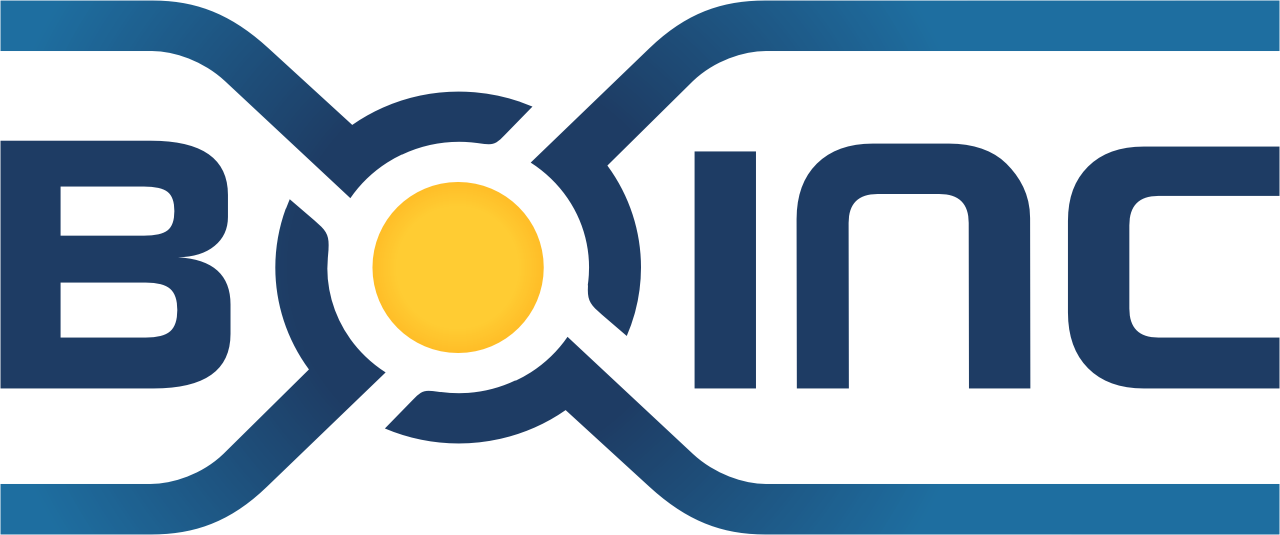Wikipedia is a very common online encyclopedia, built and managed in the form of a wiki, which means anyone can modify its values.
While this promises many writers, editors and critics, thus up-to-date content all the time, it also introduces great unreliability, as you can’t trust anyone who had written anything.
While even “Wikipedia founder admits there are serious quality problems”, I figured something can be done to improved the reliability and quality of the content.
So here is my idea: Wikipedia should introduce a “Content Reliability Factor” that will be visible, sticking out on the top of each page. This factor will be on a scale (say, from 1 to 10), and will allow the reader to know how reliable the information on this page is.
In order to calculate the reliability factor, Wikipedia should introduce “Fact Markup”, to specify “Fact Fields”. Items that represent clear, hard facts, preferably numbers, will be marked using this markup.
There will be different types of fact fields: Absolute numeric fact fields (usually used for scientific articles), Usually climbing numeric fact fields (say, number of children of someone), Citations, etc.
Readers that come across fact fields would then be able to rate the correctness of each fact field, and/or the entire article. Some users will be granted higher reliability factor for some values or categories, and their vote will have higher influence of the calculated result. (Of course, some articles will be blocked for such changes, for the same reasons some articles are blocked for public editing today).
Now to the really good part: When ever someone that is not trusted in a certain value or category, changes a fact field, the reliability factor for that fact field decreases. The amount of decrease depends on the type of that fact field – say, for usually climbing numbers, a decrease of that number would result in a very large decrease of that field’s reliability factor, while an increase would result in a smaller decrease of that reliability factor.
In the article history, the reliability factor will be stated next to each version. In addition, the highest ever reliability factor will be stated next to the current reliability factor on the top of the page, and will link to the relevant version of the article.
So all in all, while this idea does not solve the problem completely, and surely does not free us from the need of human approval for the content, it will allow to make better decisions regarding the given content.
P.S., There are many other methods that can be integrated into such a system that will assist with its automation. Maybe I will discuss those some other time.











